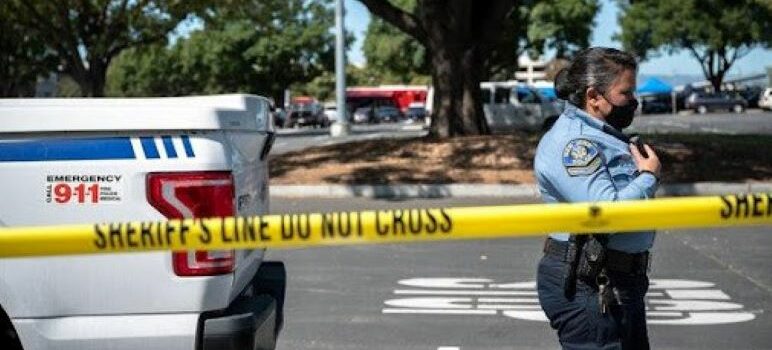Having lived in San Jose for nearly 45 years, I can fondly remember when it was the safest big city in the country. And while it’s easy to view the past through rose-colored glasses, the data suggests that San Jose residents like me are justified in feeling that our current approach to public safety needs reform in light of Sacramento’s failures.
Last month, the release of the FBI's 2022 annual crime data report shed light on the worsening state of public safety in California. While the crime spike resulting from the COVID-19 pandemic has receded in most parts of the country, the Golden State stands out as a stark aberration, with persistently high rates of violent crime and a spike in property offenses.
California has struggled with high rates of violent crime for decades, but until recently, the trends still mirrored the national average. Unfortunately, the past two years have witnessed a new and troubling divergence: while the national rate of violent crime is declining to pre-pandemic lows, California's rates continue to surge. San Jose is no exception, with the San Jose Police Department logging a more than 10% increase in reports of violent crime since 2020.
But when San Jose lost its title of Safest Big City in America in 2007, it was largely due to an increase in property crimes — specifically a 25% jump in auto thefts. This shift wasn't predestined. For nearly two decades, California enjoyed a property crime rate lower than the national average. However, this changed in 2015, marking the start of a trend where California's property crime rates began to consistently outpace those of the rest of the country. Since 2020, this gap has widened even further. The impact can be seen in our downtowns, where organized shoplifting has become so pervasive that storefronts have taken to securing everything of value behind plexiglass.
What changed to cause our rate of property crimes to exceed the average starting in 2015? Part of the answer is likely that in November 2014, California voters passed Proposition 47, a short-sighted law which reclassified certain felonies as misdemeanors, including theft of anything with a value of up to $950 with essentially no consequences — even if that stolen item was a handgun.
Prop 47 effectively gave repeat offenders a green light to re-offend with impunity. It doesn’t make offenders get the help they need, such as mandatory drug treatment, which was once a way those convicted of felonies could avoid jail by embracing treatment. The predictable result has been surging crime and addicts stealing to feed their addictions.
Mass incarceration was never the answer – but we do need to hold people accountable for their actions to keep our communities safe. The solution is to get smart on crime, not to give up on enforcing the laws that keep our families and communities safe.
San Jose has leaders like Mayor Matt Mahan, who has already taken positive steps like doubling the rate we hire new police officers in order to finally fully staff the San Jose Police Department. But even the best-trained, fully-staffed police force won’t be able to make us as safe as we need if they’re part of a revolving door that doesn’t hold people accountable, lets career criminals off scot-free, and can’t ensure that people struggling with addiction get the help they need.
I’ve seen our city change a lot since I moved here over 4 decades ago, and we have much to be proud of. But the numbers don’t lie. Our residents are within their rights to demand we change course — and it’s incumbent on the politicians in Sacramento to listen to them.
George Casey is a candidate for San Jose City Council, District 10.
San Jose Inside welcomes signed op-ed pieces from candidates, supporters and citizens about public issues facing San Jose. Please e-mail:
ed****@sa***********.com
.


You are speaking my language Mr. Casey and so is the Mayor. I have live in San Jose my whole 71 year’s and witnessed it go to HELL IN A HAND BASKET. We need people like you that speak the same language. YOU HAVE MY VOTE!
Sincerely; TED LOBACH
My Brother is a Retired San Jose Cop Badge # 2192. He has dealt with a lot of the civil unrest in the City. Good luck in your election.
Your position against multiple small houses on single family lots is very well received in Almaden where we live. Thank you for stating that twice when you spoke recently at the Almaden Valley Community Association mtg. on Camden recently. Barbara and Bob Fontana